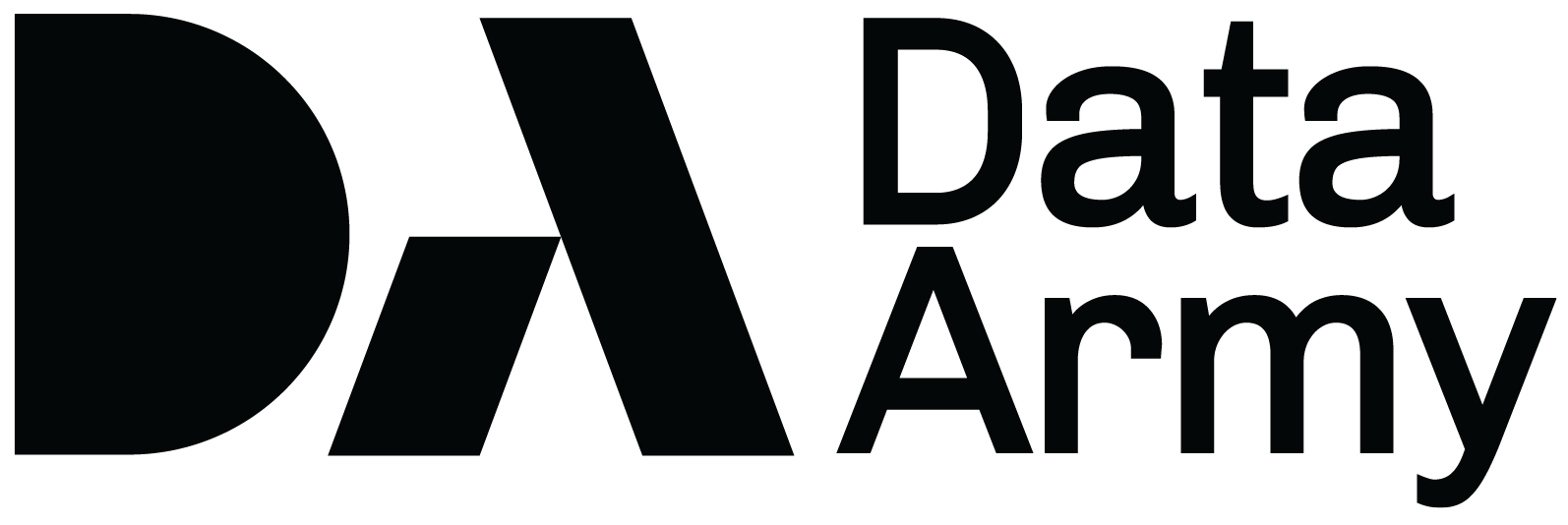As organisations increasingly rely on external data to enhance their decisions, the question for data providers isn’t just what data to offer, but how to deliver it.
Should your product be an API, delivering records on demand? Or should it be a bulk solution delivered through a data marketplace like Snowflake, AWS Data Exchange or Azure Marketplace?
The answer often comes down to how your customers want to consume your data.
Consumption Pattern 1: Small, Targeted, On-Demand Access
→ API
If your customers typically want a small number of records at a time, either in real-time or in the context of a workflow or application, then an API is your best choice.
Key Indicators Your Data Should Be an API:
- Customers want to retrieve individual records or filtered subsets on demand.
- The data is being used in real-time decisioning or embedded into applications.
- Latency matters — milliseconds count.
- Customers expect the most up-to-date data each time they call.
Example Use Cases:
- Getting the current property valuation for a single address.
- Fetching a company profile or credit score based on an ABN.
- Querying recent social sentiment for a product.
- Looking up weather conditions at a given location.
In these scenarios, your product acts as a queryable service. It’s about giving users exactly what they need, when they need it — no more, no less.
Consumption Pattern 2: Full Dataset or Large Batches
→ Bulk / Data Marketplace
When customers want the whole dataset, large segments, or regular batches of data to analyse, model, or enrich internal data, then a bulk delivery method (especially via a data marketplace) is a better fit.
Key Indicators Your Data Should Be Delivered in Bulk:
- Customers want the entire dataset or large partitions (e.g., all properties in NSW).
- The data is used for trend analysis, modelling, training ML models, or integration into a warehouse.
- The volume is large from thousands to millions of rows.
- Frequency of updates is daily, weekly, or monthly (and not in real-time).
Example Use Cases:
- A hedge fund downloads monthly satellite imagery metadata for trading models.
- A real estate company ingests all historical planning approvals to build price prediction models.
- A government department consumes annual demographic datasets for policy modelling.
In these cases, your product is a data asset and something that customers want to load into their own environment, explore deeply and possibly join with other data.
When to Offer Both
In reality, many successful data products support both consumption patterns.
For example, a commercial real estate provider might offer:
- API access for brokers to retrieve property details on demand.
- Marketplace datasets for analysts to download historical sale and lease transactions in bulk.
Meet Customers Where They Are
Supporting both lets you address a wider range of use cases, from transactional to strategic, and maximises your addressable market.
Quick Reference: Choosing Based on Consumption Pattern
Customer Needs | Best Delivery Model |
| Just a few records at a time | API |
| Real-time integration | API |
| Query flexibility | API |
| Entire dataset access | Bulk / Marketplace |
| Batch updates | Bulk / Marketplace |
| Analysis & modelling | Bulk / Marketplace |
It’s easy to get caught up in the tech stack when designing a data product, but your customers will choose your product based on whether it fits how they want to consume the data.
If they’re pulling small amounts in real-time, APIs win.
If they’re consuming entire datasets to analyse at scale, data marketplaces are a better fit.
Start with your customer’s consumption pattern, and the right delivery model will become clear.
Power your growth and transform your business with our end-to-end data and cloud services.
Let's chat

